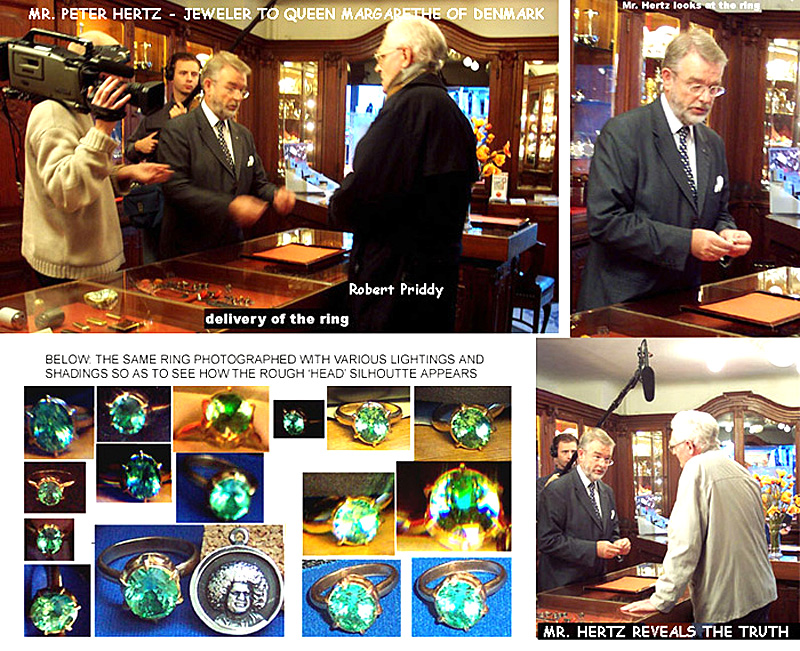
On the hardness, brittleness and scratching of gems
"Hardness is one measure of the strength of the structure of the mineral relative to the strength of its chemical bonds. It is not the same as brittleness, which is another measure of strength, that is purely related to the structure of the mineral. Minerals with small atoms, packed tightly together with strong covalent bonds throughout tend to be the hardest minerals. The softest minerals have metallic bonds or even weaker van der Waals bonds as important components of their structure. Hardness is generally consistent because the chemistry of minerals is generally consistent.
Hardness can be tested through scratching. A scratch on a mineral is
actually a groove produced by microfractures on the surface of the mineral.
It requires either the breaking of bonds or the displacement of atoms
(as in the metallic bonded minerals). A mineral can only be scratched
by a harder substance. A hard mineral can scratch a softer mineral,
but a soft mineral can not scratch a harder mineral (no matter how hard
you try). Therefore, a relative scale can be established to account
for the differences in hardness simply by seeing which mineral scratches
another. That is exactly what French mineralogist Friedrich Mohs proposed
almost one hundred and seventy years ago. The Mohs Hardness Scale starting
with talc at 1 and ending with diamond at 10, is universally used around
the world as a way of distinguishing minerals. Simply put; the higher
the number, the harder the mineral." Quotation from http://www.galleries.com/minerals/hardness.htm
with acknowledgement